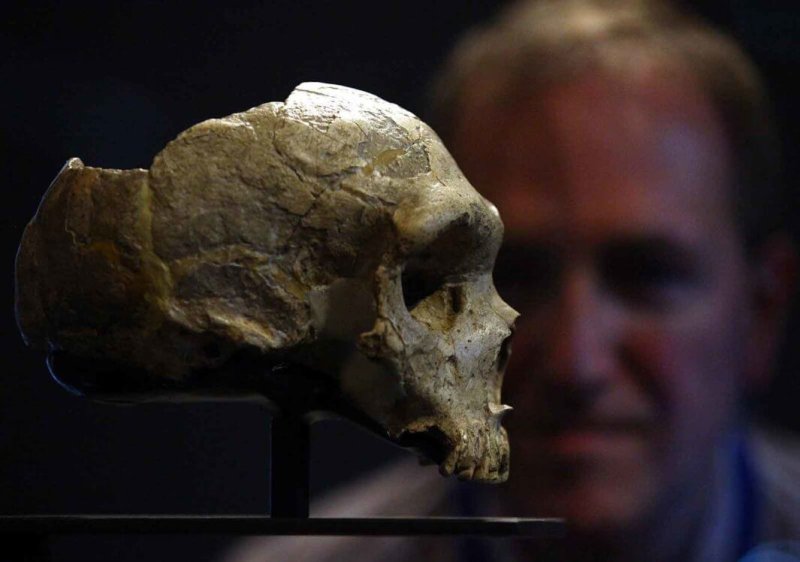We know from the archaeological record that much of Neanderthal hunting, foraging, and toolmaking behavior was quite similar to that of anatomically modern humans in the same time period, some 50,000 years ago. Recent evidence for Neanderthal art also suggests that they had the potential for symbolic and abstract thinking, which had previously only been attributed to H. sapiens. These clues hint that Neanderthals may have been broadly capable of the same mental tasks as anatomically modern humans.
…
A 2018 study used CT scans of four adult Neanderthal skulls and four anatomically modern H. sapiens skulls, and MRI scans from more than a thousand living human subjects to create endocasts of their brains.
…
The study found that early H. sapiens probably had a larger cerebellum than Neanderthals—a part of the brain that, in modern humans, is important for both motor skills and higher cognition, including language processing, learning and reasoning, and social abilities. Differences in how Neanderthal and H. sapiens populations transmitted information within their social groups and passed on skills important to a hunter-gatherer lifestyle could have had a major impact on each population’s success and adaptability.
Read full, original post: The Neanderthal Brain – Clues About Cognition































